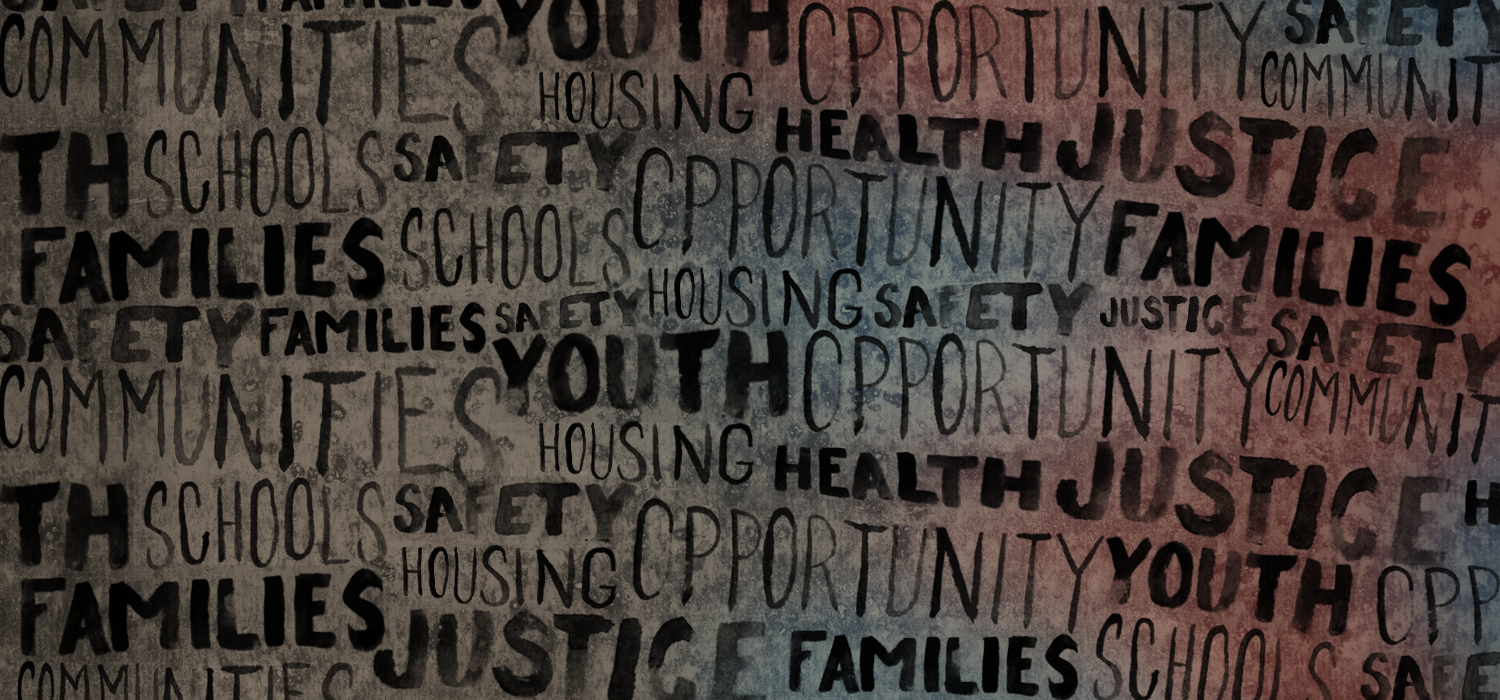
Throughout this week, Urban Institute scholars offer evidence-based ideas for policies that can make a difference for communities in Baltimore and beyond grappling with inequality and injustice. Although this series covers a lot of issues, we by no means address all the challenges that matter.
Over the past 10 days, Urban Institute scholars have offered insights and recommendations to help alleviate the longstanding injustices that fueled the recent anger and protest in Baltimore and other cities. Each post focused on a specific challenge facing communities of color in urban America today—from abusive police practices to joblessness to failing schools to poor health and more.
For people in Baltimore and other places looking for real change, we hope this collection provides actionable ideas for policies that can make a difference. Here we offer our take on five cross-cutting insights from those posts.
-
Public policies built these problems over decades
For decades, public policies and discriminatory market practices confined African Americans to segregated neighborhoods and starved these neighborhoods of services and investments. The resulting neighborhood distress exacerbated other disparate outcomes: discrimination in labor markets, large and growing wealth inequalities, disproportionately harsh enforcement of drug and sentencing laws.
The result is a vicious cycle of isolation and disadvantage in which people of color living in poor neighborhoods lack access to the resources and opportunities they need to thrive.
-
There is no silver bullet solution to generations of concentrated disadvantage
Reversing this vicious cycle requires policy changes across multiple domains. An apt metaphor is to think of a web: while many people are working on solutions to individual problems, each of those strands must both be strengthened and woven together into a web that actively supports people and helps them thrive.
-
Solutions have to extend beyond neighborhoods of poverty and distress to tackle larger system failures
A few examples:
- Local police departments should change their practices to engage community leaders, target policing on the few people responsible for violence, build systems of police accountability, and work to build trust with the communities they serve.
- City and suburban jurisdictions should implement inclusionary zoning to allow for the development of affordable housing options in all neighborhoods.
- Jurisdictions facing gentrification pressures should deploy tools like shared equity homeownership to allow low-income residents to take advantage of economic development and growing house prices in their neighborhoods.
- States and school districts should mitigate the harmful effects of race and poverty concentration in public schools by more equitably allocating public school resources to the students who most need them.
- Federal policy can encourage mortgage lenders to expand their definitions of good credit and ensure that people whose credit has been damaged by a legacy of disadvantage can take advantage of homeownership to build wealth and strong communities.
-
We see reasons for optimism; the tools and knowledge exist to chart a new path
Today, unlike in the 1980s and 90s, cities like Baltimore and others are well placed to leverage millennials’ renting and home-buying desires into neighborhood revitalization. And new Affirmatively Furthering Fair Housing rules (soon to be issued by HUD) offer the potential to preserve affordable options for low-income residents, while also opening up access to opportunity-rich neighborhoods regionwide.
Other current policies are already showing success. Although 21 states did not expand Medicaid under Obamacare, millions of people have recently gained health insurance, which contributes importantly to good health. And innovative strategies like HOST can bring the partnerships and resources necessary to weave that web of support for the most vulnerable families in distressed neighborhoods, and to engage youth in civic problem-solving.
-
Effective strategies listen to the people whose lives are most affected
Generations of segregation and concentrated disadvantage have stripped communities of color of political voice and power. It’s time now to elevate those communities’ voices as an integral part of designing new policy.
Protesters in Baltimore and other cities were calling, most immediately, for police to stop killing their family members, friends, and neighbors. And they have every reason to demand immediate action. Many of the policies we’ve explored in this collection would pay off right away in quality-of-life improvements. But overcoming the legacies of the past and achieving real equity of opportunity will require sustained effort over decades.
Illustration by Adrienne Hapanowicz
Let’s build a future where everyone, everywhere has the opportunity and power to thrive
Urban is more determined than ever to partner with changemakers to unlock opportunities that give people across the country a fair shot at reaching their fullest potential. Invest in Urban to power this type of work.